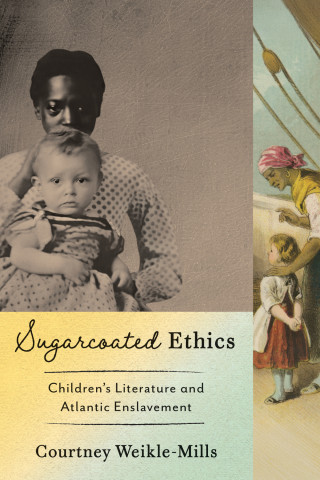
Reviews
Intelligent and informative. Two aspects are especially valuable. [Felsenstein] makes more extensive use than previous writers of ephemeral literature—tracts, periodicals, chapbooks, sermons, and so forth; and he analyses pictorial evidence, which in practice means satirical prints, with as much care as the written word.
Felsenstein's book shows just how widespread and persistent... stereotyping was and makes available for further analysis a considerable amount of new information, especially pictorial evidence, which he analyzes brilliantly.
Felsenstein's enormously absorbing, fluent yet provocative study ultimately questions the defeat of the image of Jewish 'Otherness'... If the traditional Whig version of history would point towards the triumph of a cosy English tolerance, Felsenstein's study provides powerful support to those scholars of minorities in Britain who would point to the persistence of prejudice.
A luminous and scholarly survey of a familiar subject from a fresh perspective.
An excellent example of intelligent, learned, and informative cultural history.
Book Details
List of Illustrations
Chronology
Preface and Acknowledgments
Introduction
Chapter 1. Stereotypes
Chapter 2. Jews and Devils
Chapter 3. Following Readmission: Evolving Stereotypes
Chapter 4. Wandering Jew
List of Illustrations
Chronology
Preface and Acknowledgments
Introduction
Chapter 1. Stereotypes
Chapter 2. Jews and Devils
Chapter 3. Following Readmission: Evolving Stereotypes
Chapter 4. Wandering Jew, Vagabond Jews
Chapter 5. Conversion
Chapter 6. Ceremonies
Chapter 7. "Ev'ry child hates Shylock"
Chapter 8. The Jew Bill
Chapter 9. Toward Emancipation
Epilogue
Notes
Bibliography





